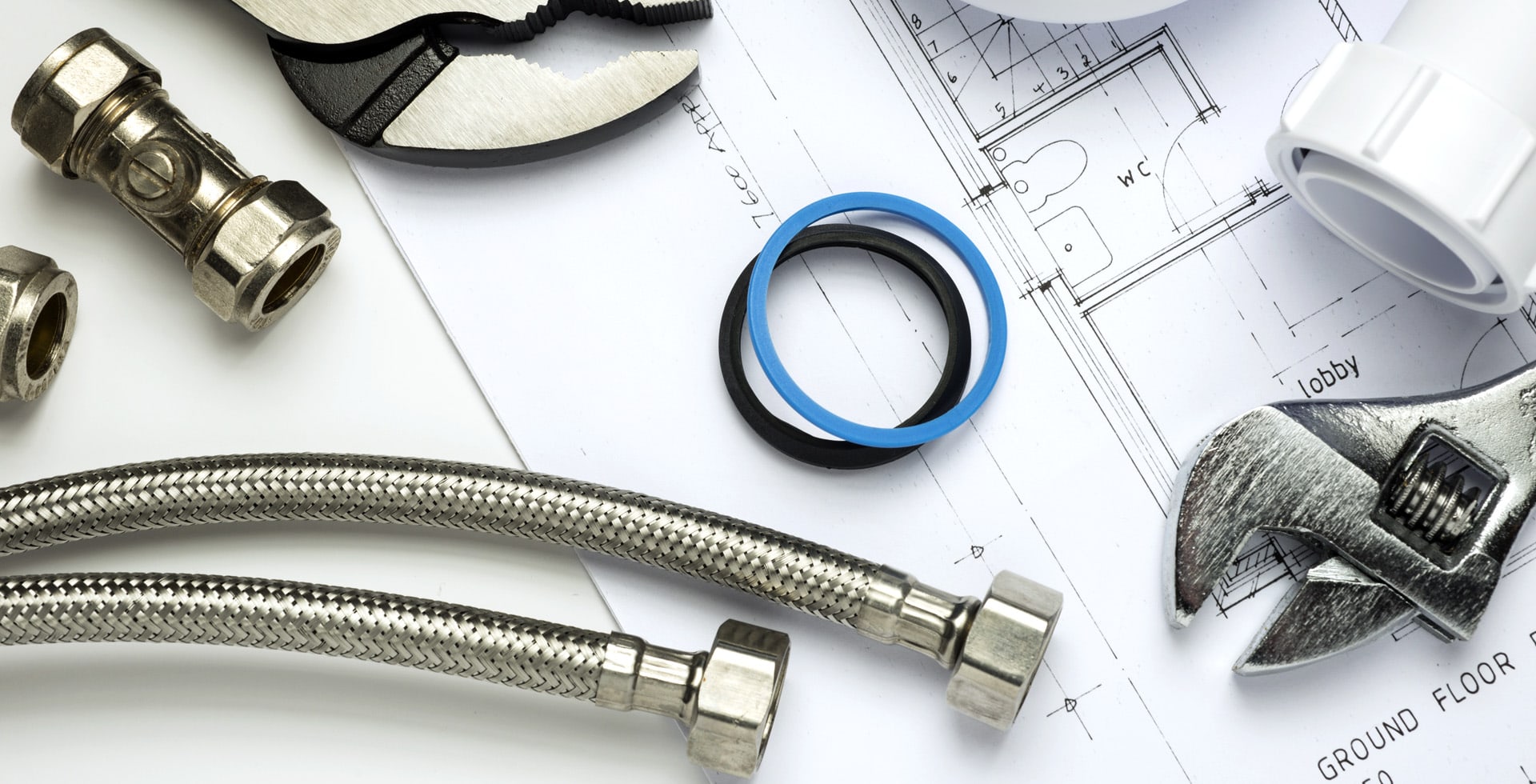The Role of Roof Inspections in Long-Term Maintenance
When it comes to maintaining a home, the roof is one of the most critical components that often gets overlooked. Regular roof inspections play a vital role in ensuring the longevity and integrity of your home’s structure. They help identify potential issues before they escalate, saving you time and money in the long run. This blog post will discuss the significance of roof inspections, the key aspects to consider, and tips for effective long-term maintenance.
Why Are Roof Inspections Important?
Roof inspections are essential for several reasons:
- Preventing Major Damage: Small issues can quickly develop into significant problems if not addressed promptly. Regular inspections help catch these issues early.
- Extending Roof Lifespan: Maintaining your roof through inspections can help prolong its life, delaying the need for a costly replacement.
- Enhancing Home Value: A well-maintained roof adds value to your home. Prospective buyers will be more attracted to a property with a recently inspected and maintained roof.
- Insurance Compliance: Some insurance companies require regular roof inspections to maintain coverage. Having a record of inspections can aid in claims if damage occurs.
Key Components of a Roof Inspection
A comprehensive roof inspection involves several key components, each designed to assess different aspects of the roof’s condition:
- Visual Inspection: A trained professional examines the roof’s surface for visible signs of wear, such as missing shingles, cracks, or rust.
- Flashing and Seals: Inspecting the flashing around chimneys, vents, and skylights for cracks or leaks is crucial, as these areas are often prone to water infiltration.
- Gutters and Downspouts: Clogged or damaged gutters can lead to water pooling and roof damage. Regular inspection ensures they are functioning correctly.
- Interior Inspection: Checking the interior of the attic for signs of leaks, water stains, or mold can provide insight into the roof’s condition.
Best Practices for Roof Inspections
To ensure effective roof inspections, consider the following best practices:
- Schedule Inspections Regularly: Aim to have your roof inspected at least once a year, with additional checks after severe weather events.
- Hire Professionals: While DIY inspections are possible, hiring a licensed roofing contractor provides expertise and thoroughness.
- Keep Records: Document all inspections, repairs, and maintenance work. This record can serve as a reference for future inspections and potential buyers.
- Address Issues Promptly: If any problems arise during inspections, have them repaired as soon as possible to avoid further damage.
Seasonal Considerations for Roof Inspections
Each season presents unique challenges for roofs, making it crucial to adjust your inspection routine accordingly:
- Spring: Check for winter damage, including ice damming or missing shingles from snow accumulation.
- Summer: Look for signs of wear due to UV exposure, as well as any potential heat-related damage.
- Fall: Prepare for winter by ensuring gutters are clear of leaves and other debris that could obstruct drainage.
- Winter: Inspect for snow accumulation and assess the effectiveness of insulation to prevent ice dams.
Conclusion
In conclusion, roof inspections are a crucial aspect of long-term maintenance that affect the overall health and longevity of your home. By prioritizing regular inspections, addressing issues promptly, and following best practices, you can save money and time while enhancing your home’s value. Protecting your investment with proactive roof care ensures peace of mind for years to come. Remember, a well-maintained roof is not just about aesthetics; it’s an essential barrier protecting everything beneath it.

